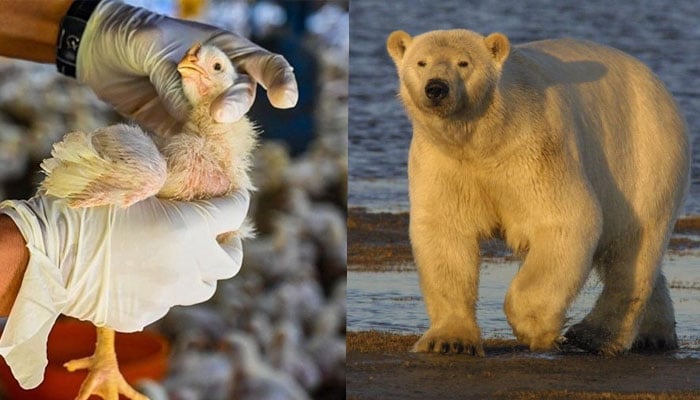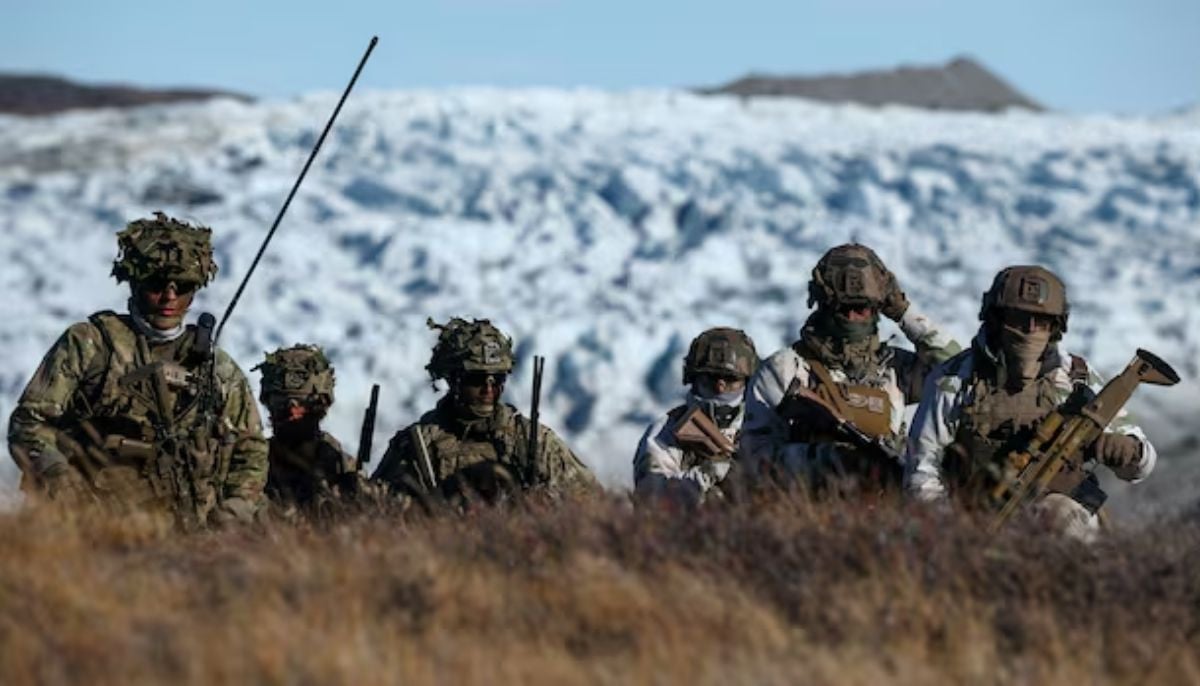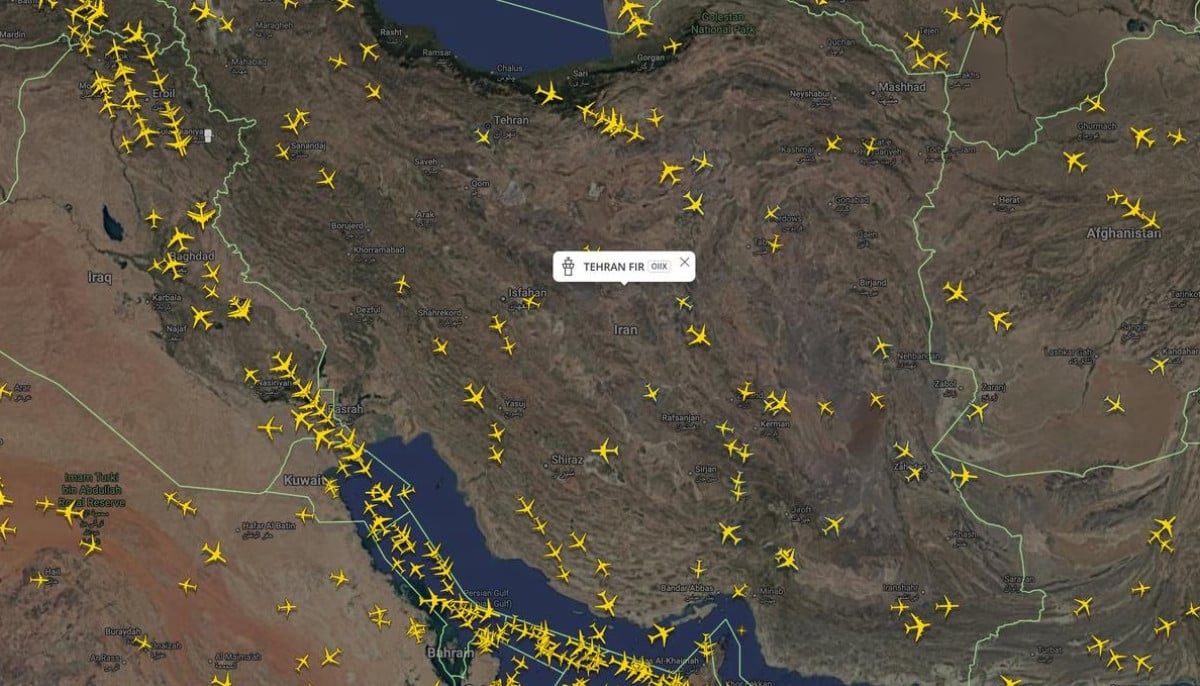Avian flu claims the life of first polar bear in US, raising concerns over threat to other species
Bears' dependence on birds, alive or dead, appears to be increasing in response to Arctic warming, says expert
The relentless avian flu, wreaking havoc on millions of poultry and thousands of wild birds in the United States has now recorded its first-ever fatality in a polar bear.
Alaska's already threatened polar bear population faces heightened challenges, as experts express concerns about the potential impact on the species' survival.
The infected polar bear succumbed to the avian flu in the fall, with its cause of death officially confirmed on December 6 by Alaska's Division of Environmental Health. Prior instances of the virus claimed the lives of red foxes, a black bear, and a brown bear in Alaska, as reported in a June 2023 state document.
Dr. Robert Gerlach, the state veterinarian, highlighted the unprecedented nature of this case, emphasizing that the polar bear likely contracted the virus by consuming a deceased bird. The bear's discovery on the North Slope adds to the more than a dozen animals that have tested positive for the virus since the outbreak began in 2022.
Polar bears, categorized as threatened by the U.S. Fish and Wildlife Service, face challenges from diminishing sea ice caused by global warming, affecting their primary food source—seals. While the extent of polar bears relying on birds for sustenance remains unclear, experts, like environmental professor Douglas Clark, suggest that the bears' dependence on birds, alive or dead, appears to be increasing in response to Arctic warming.
Clark warns that the earlier sea ice breakup and increased overlap with nesting birds raise the risk of avian influenza infection among polar bears. Despite diseases not traditionally posing a conservation threat to polar bears, this case is considered a novel situation with potentially far-reaching consequences.
As the global avian flu outbreak impacts various species worldwide, its effect on polar bears introduces additional challenges. With the difficulty and costliness of diagnosing and treating avian flu in polar bears, the virus poses a significant threat to their population, exacerbating existing stressors related to habitat access, food sources, and climate change.
The ongoing avian flu outbreak, described as of unprecedented global scope, continues to impact bird and mammal populations. Experts caution that the negative impact on Antarctic wild birds and mammals could be substantial, warranting vigilant monitoring of the situation.
-
‘Operation Arctic Endurance’: Which NATO nations are sending troops to Greenland?
-
Trump administration imposes 25% tariff on imports of some AI chips
-
Microsoft secures largest ever soil carbon credit agreement amid data centres expansion
-
Japan, Philippines sign defence pacts as regional tensions escalate
-
Germany sends troops to Greenland amid rising Arctic tensions
-
Iran flight radar update: airspace closure extended amid heightened tensions
-
Toronto snow day: what to expect after Environment Canada's snow storm warning
-
US to suspend immigrant visa processing for 75 countries: Know all details












